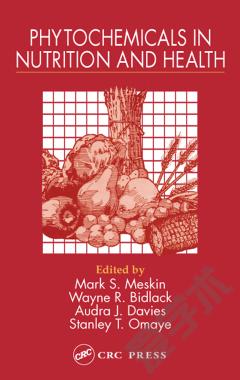Chemical Food Safety and Health
The best way to avoid foodborne illnesses is to prevent contaminants from getting into food. Public health is a constant concern for world health authorities since not only foodborne illnesses but also diverse human illnesses associated to fat, salt and sugar intake, are increasingly prevalent. These diseases are caused by microorganisms, harmful chemicals or excess of some food components in foods which people preferably drink or eat. On the other hand, chemicals can produce both acute and chronic diseases depending on the level of contaminants present in the food. When the level of contaminants is high, the result may be an acute disease with dramatic consequences, but when the level of contaminants is low; they may accumulate in a live organism and produce a long term disease. Usually, chemical contaminants are found in the environment, both naturally and produced by human activity. In this sense, prevention is therefore the principal focus of all safety quality systems in the food industry and rules to change this system in order to assure people safe food products of the required quality by the consumer are discussed. Since food contamination can happen at any place during processing, it is necessary to evaluate all the hazards that can occur all along the food production chain, identifying inputs, and analyzing and controlling all critical points to keep hazards at acceptable levels.
{{comment.content}}








 京公网安备 11010802027623号
京公网安备 11010802027623号